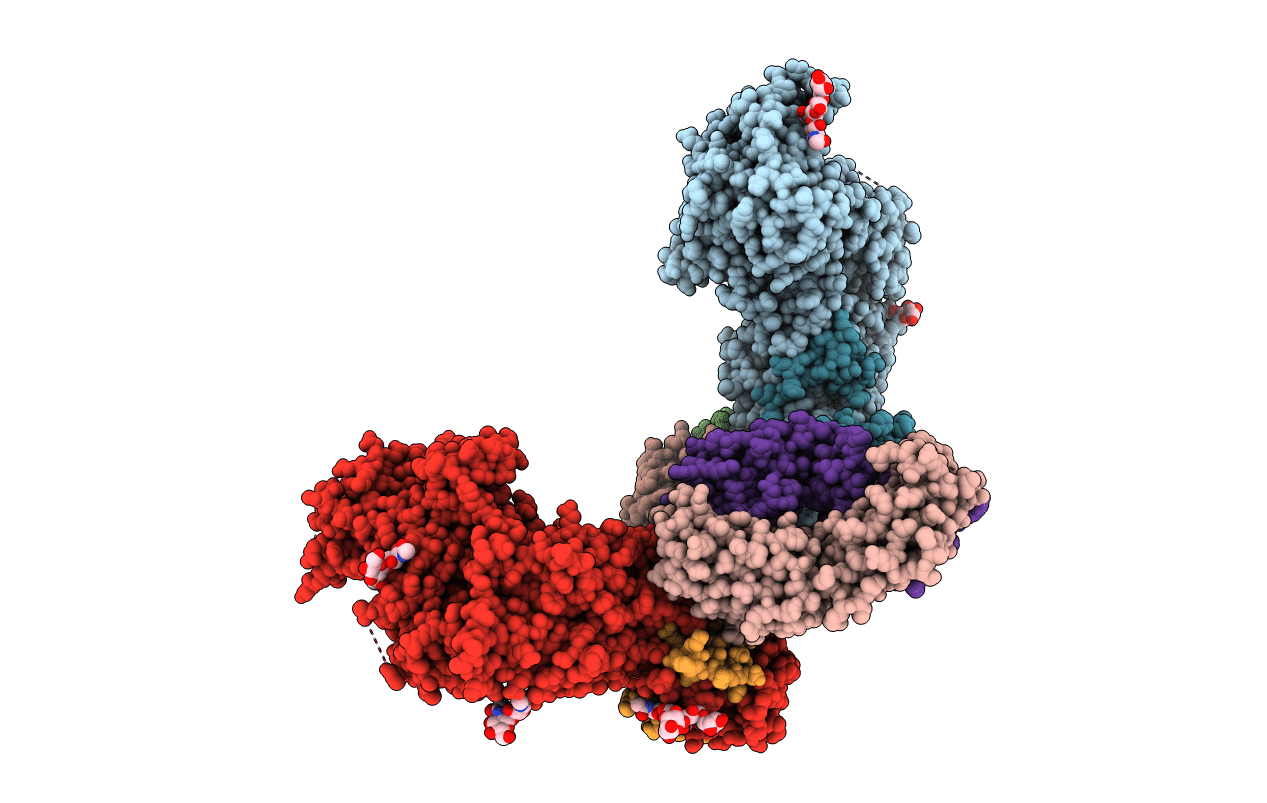
Deposition Date
2015-01-05
Release Date
2015-05-13
Last Version Date
2024-10-30
Entry Detail
PDB ID:
4XHJ
Keywords:
Title:
gHgL of Varicella-zoster virus in complex with human neutralizing antibodies.
Biological Source:
Source Organism:
Human herpesvirus 3 strain Oka vaccine (Taxon ID: 341980)
Homo sapiens (Taxon ID: 9606)
Homo sapiens (Taxon ID: 9606)
Host Organism:
Method Details:
Experimental Method:
Resolution:
3.16 Å
R-Value Free:
0.27
R-Value Work:
0.23
R-Value Observed:
0.23
Space Group:
P 43


